Visiting The Sikh Golden Temple In Amritsar
The Golden Temple
Alongside the likes of the Taj Mahal and the Red Fort, Amritsar’s Golden Temple (Harmandir Sahib) tops the list of most breathtaking places in all of India. Being the holiest gurdwara in Sikhism, devotees from around the world are known to take grueling journeys overland just to pray at this temple. From Kerala to the United Kingdom, Sikhs will pile into buses and travel for days just to reach the far off city of Amritsar.
Being such a culturally rich temple, regarded as the Mecca in Sikhism, it is no wonder why tourists would also want to feel the electric energy that hangs in the air over Amritsar. Although the religious and political seat of power for Sikh people, this holy city and it’s Golden Temple has opened its doors to people of all faiths to both pray and bask in the serenity that surrounds this gurdwara.
If you are traveling to Delhi, be sure to get off the beaten path! Read more here!
Entering the Holy Temple
If you are traveling to Amritsar, you are probably no stranger to visiting Hindu temples and Sikh gurdwaras. Before entering the Golden Temple you will have to take off your shoes and leave them at a shoe depositary. Like any other place of worship, it is important to dress modestly. If you are questioning if you can wear something or not, odds are it is best to leave it in your suitcase. Hair also must be covered when visiting the complex. If you have forgotten a scarf you can buy one from one of the many shops located around the temple.
After walking through a small trough to clean your feet, you will be a few steps away from entering the marble and gold square of the Harmandir Sahib. Every corner of the Golden Temple is teeming with life and colors. The rainbow-colored turbans and shaws add a stunning contrast to the otherwise monochromatic gold and white. But what really makes this temple special is how much the local Sikhs revere the site. Hands clasped together, devotees can be seen lost in prayer the second their feet step foot into the Golden Temple.
Wanting to travel from India to Pakistan? Read about crossing the Wagah Border here!
Who Are The Sikhs?
No matter where you find yourself in India, you are sure to have come across some of the well-dressed, turban donning Sikhs with their long wispy beards. But what exactly are the differences between the Sikhs and the Hindus? Sikhism was not founded until the 15th century by Guru Nanak. Much like how Christianity is a continuation of Judaism, Sikhism’s roots are deeply planted in Hinduism.
Despite all of the similarities and brotherly kinship between the two religions, there are fundamental differences. Other than the rejection of both the caste system and praying to lesser deities, Sikhs also must abide by the 5 K’s. Kesh: meaning to keep one’s hair uncut and neat. Kanga: To always carry a wooden comb with them. Kara: To wear an iron bangle which represents one’s lifeforce. Kachera: To wear cotton underpants, representing purity. Kirpan: To carry a sword to only be raised to defend the defenseless.
Wanting to know more about Hinduism? Read about Krishna Janmashtami here!
Bathing in the Sacred Pool
It is not just the golden temple in the heart of Harmandir Sahib that will catch your eye. The entire gilded shrine is also encircled by a massive lake. With the refection of both the temple and the thousands of colorful Sikhs surrounding the pool, the tranquil waters truly make this mandir an oasis in the chaotic city of Amritsar.
The pool surrounding the temple is no accident. Much like everything else within these white walls, the Sarovar (Punjabi name for a pool) has a special purpose. One of the three pillars of a fulfilled life in Sikhism is Isnaan. The act of bathing in the Sarovar signifies cleansing the body and mind of self-fish desires and narcissism. Although meant to be nothing more than a metaphor, the act of washing away evil thoughts from the mind is a very spiritual experience for Sikhs.
If you are looking for a real adventure, read about crossing the border from Tajikistan to Afghanistan!
Why Is The Golden Temple Important?
Although considered the holiest place in all of Sikhism, Harmandir Sahib is not the birthplace of the religion. Across the fortified border in Pakistan lays the Gurdwara Darbar Sahid Kartarpur. This is the actual location where the founder of Sikhism, Guru Nanak, first set up his mission. So why then does the Golden Temple in Amritsar overshadow the spot where Sikhism was actually conceived?
The major reason why thousands of Sikhs from around the world descend on the Golden Temple is the fact that this is the place where the holiest book in all of Sikhism lays. Completed in 1604, the Guru Granth Sahib is housed within the Golden Temple and kept under the watchful eye of its caretakers. Although there are far more reasons for the importance of Harmandir Sahib, it is the holy book that truly made the temple a pilgrimage site for the Sikh people.
If you are wanting to read more about Punjabi culture, check out traditional wrestling here!
The Crowds of the Golden Temple
Being such a holy temple, you can expect massive crowds to be wandering the grounds at any point during the day. Most of the Sikh devotees can be found massing at the causeway which leads to the Golden Temple in the middle of the pool. Due to the sheer mass of people, the pilgrims are divided into waves with bamboo sticks separating them. Seeming almost like cattle within the metal railings, once the bamboo divider is lifted the devotees burst out of their cage-like bulls on the streets of Pamplona.
Being unbearably hot during summer months, the electric fans and canopy overhead are not enough to shield the anxious men and women from heatstroke while waiting to enter the temple. Volunteers hand out water and try to keep the line moving. For many guests at the Golden Temple, they would take one look at the sea of turbans and decide against diving headfirst into the crowds.
Varanasi isn’t the only place with an aarti puja. Read about seeing the aarti puja in Panauti, Nepal here!
No Photography Allowed
If you are not wanting to wade in the mass of people during the day, the best time to attempt to enter the Golden Temple is early in the morning after the holy book is moved to the Harmandir Sahib (prakash) and at night when it is laid to rest at the Sri Akal Takhat Sahib (sukhasan). While everyone is so concerned with the procession, you will have a quick opening to slip through the gates and beat the crowds to the inner sanctum.
If you thought the exterior of the Harmandir Mandir was breathtaking, wait until you enter the actual temple. Surrounded by gold, the intricate design of its interior alone is enough to make one’s head spin. In the center of the temple, you will find a devotee reading from a massive volume of the Sikh’s holy book insight of many onlookers above.
Photography has been prohibited inside the Golden Temple in order to respect those who are here for the purpose of getting close to god. The rise of selfie snappers has been deemed disrespectful and in order to maintain the sanctity of the temple, photos are banned. Despite this rule, you will still find most visitors whipping out their phones to take a few shots of themselves immersed in gold.
Just across the border is the holy city of Multan. Read about travel to the City of Saints in Pakistan here!
Harmandir Sahib After Dark
Regardless if you are looking to go to the Golden Temple for the evening procession or not, taking in the Harmandir Sahib at night is a sight unlike any other. With the contrast of white marble and the glow of the shrine off of the placid water, this is the time of day where you can truly take in the atmosphere of the temple without the stampeding hoards of people circling the premises.
Even during the day, the crowds of the temple are never unbearable. On the contrary, it is the Sikh people that breath life into Harmandir Sahib. Without the devotees praying, singing, and bathing in the pool, the Golden Temple would lose that spark which makes it one of the holiest and most spiritual sites in India. While during the day you can feel the energy in the air, it is at night where the stillness will wash over you.
When traveling in Nepal you won’t want to miss the massive Bisket Jatra in Bhaktapur!
A Guest At The Golden Temple
One of the great things about India is that no matter how popular or famous a place may be, the site will always be purely Indian. The ratio of foreign travelers to locals is set to that perfect proportion where it never feels as if an invasion has taken place. The Golden Temple is no exception, while you are bound to run into international tourists, it is never to the point where it takes away from immersing yourself in Sikh culture.
The calmness, energy, and spirituality of the temple are three feelings that are sure to strike you in quick succession while making your rounds along the rim of the sacred Sarovar. While the pool and the Golden Temple all add to the overall beauty of this oasis, it is the people that make Harmandir Sahib one of the holiest sites on the planet.

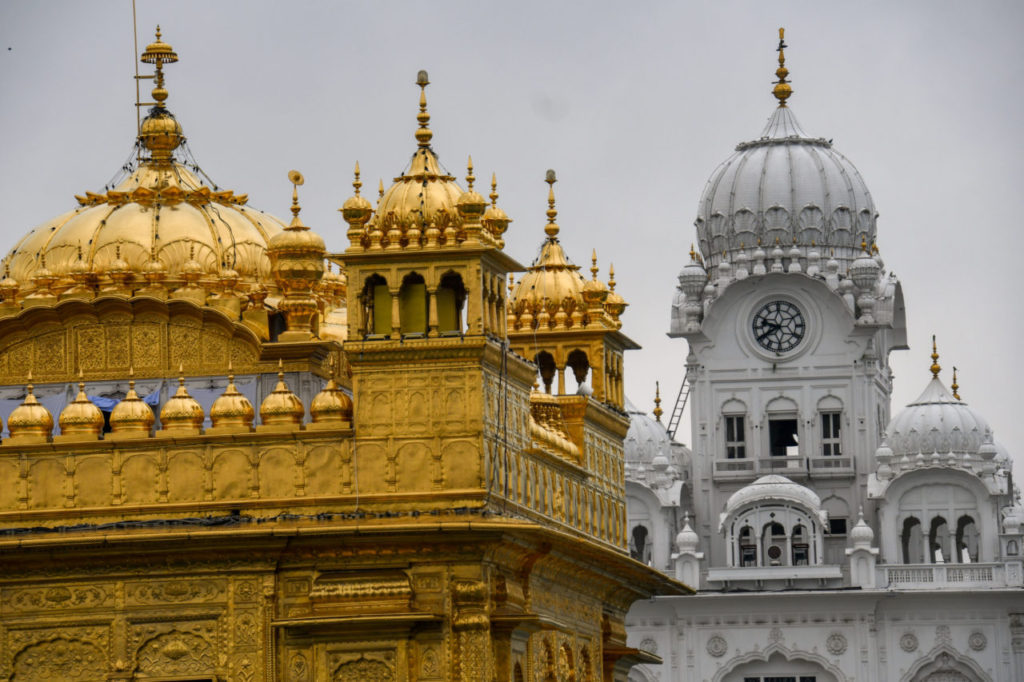
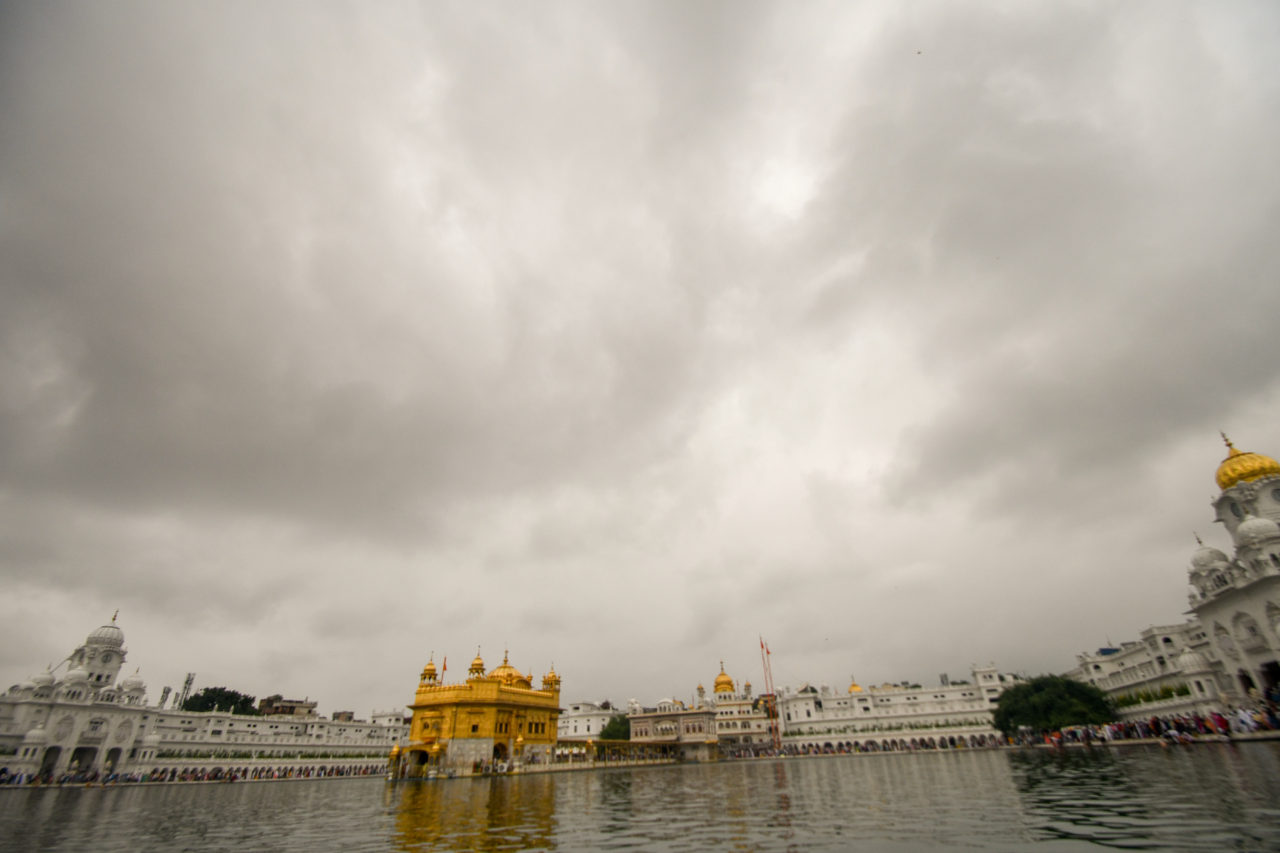
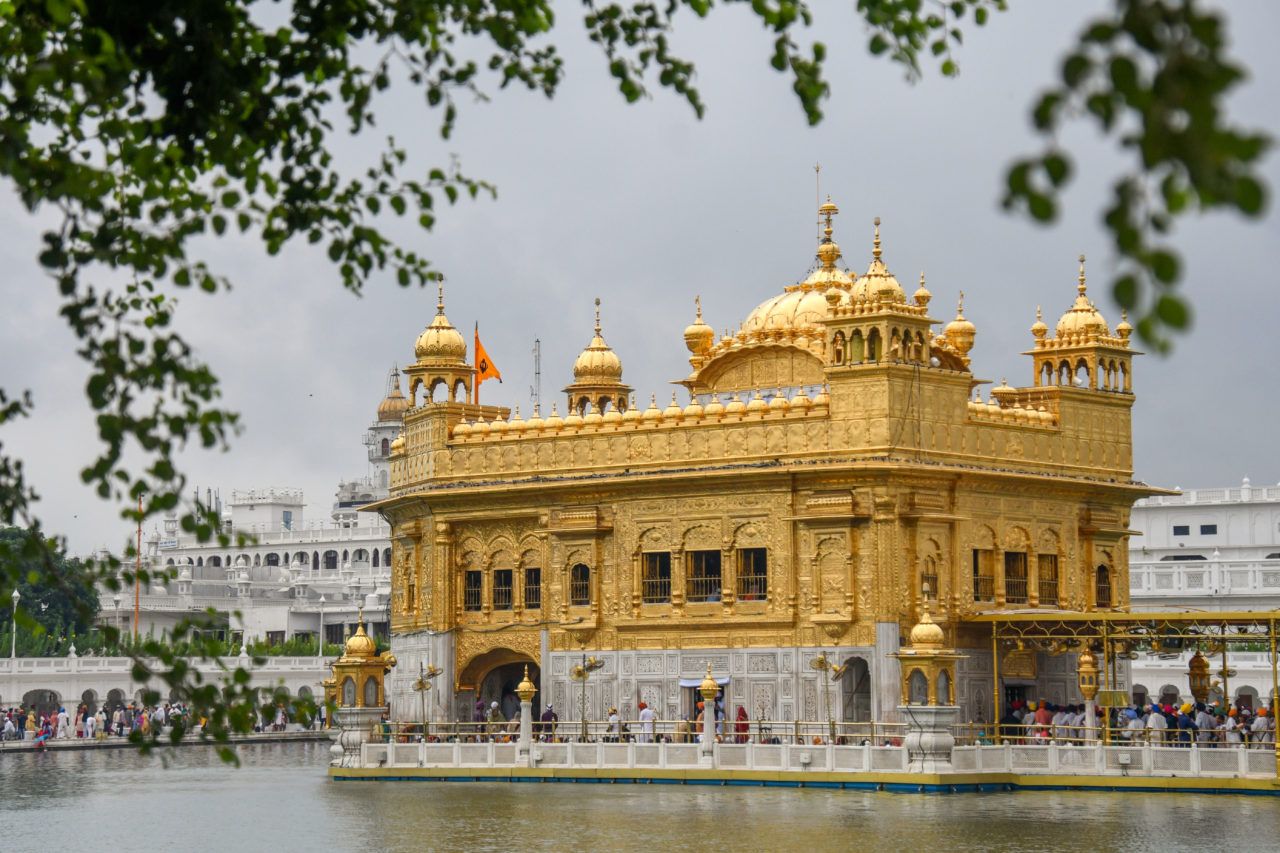
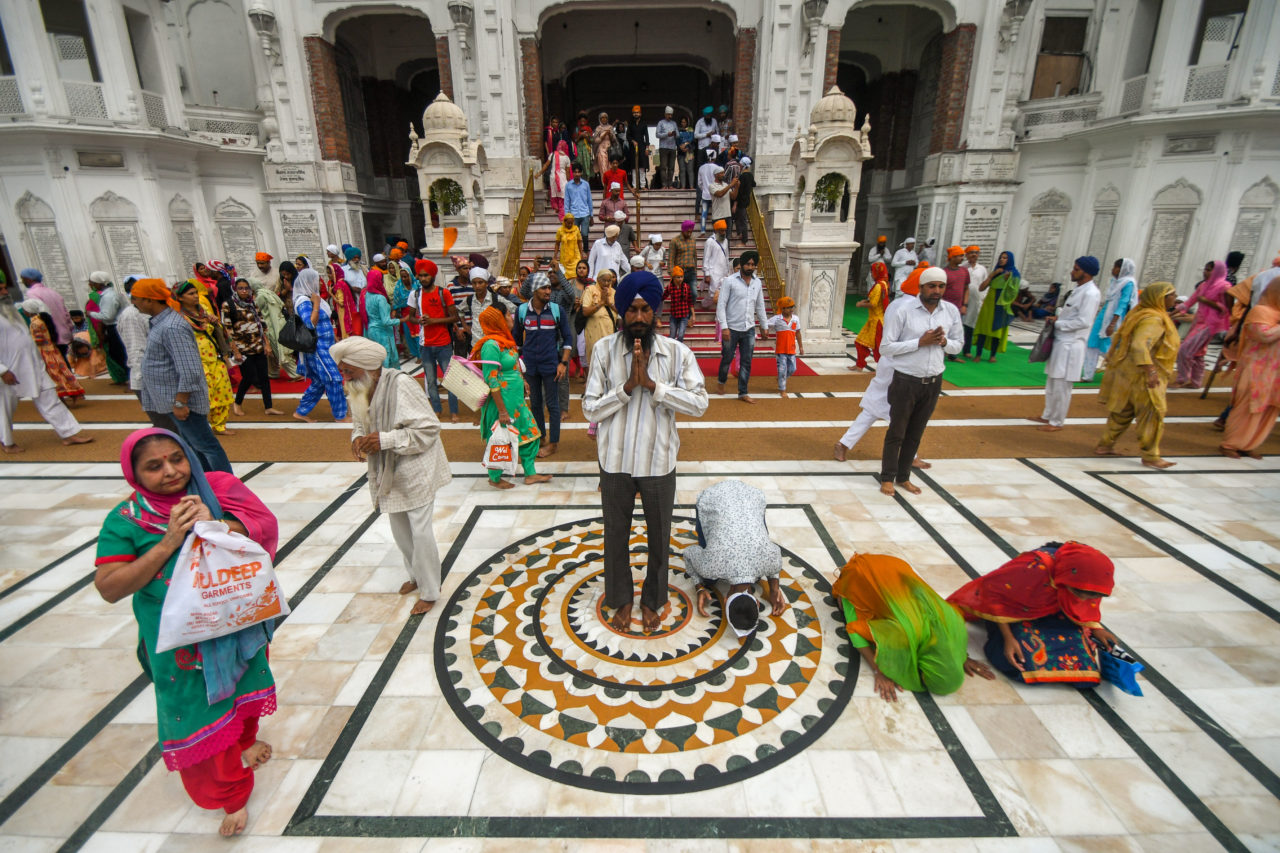

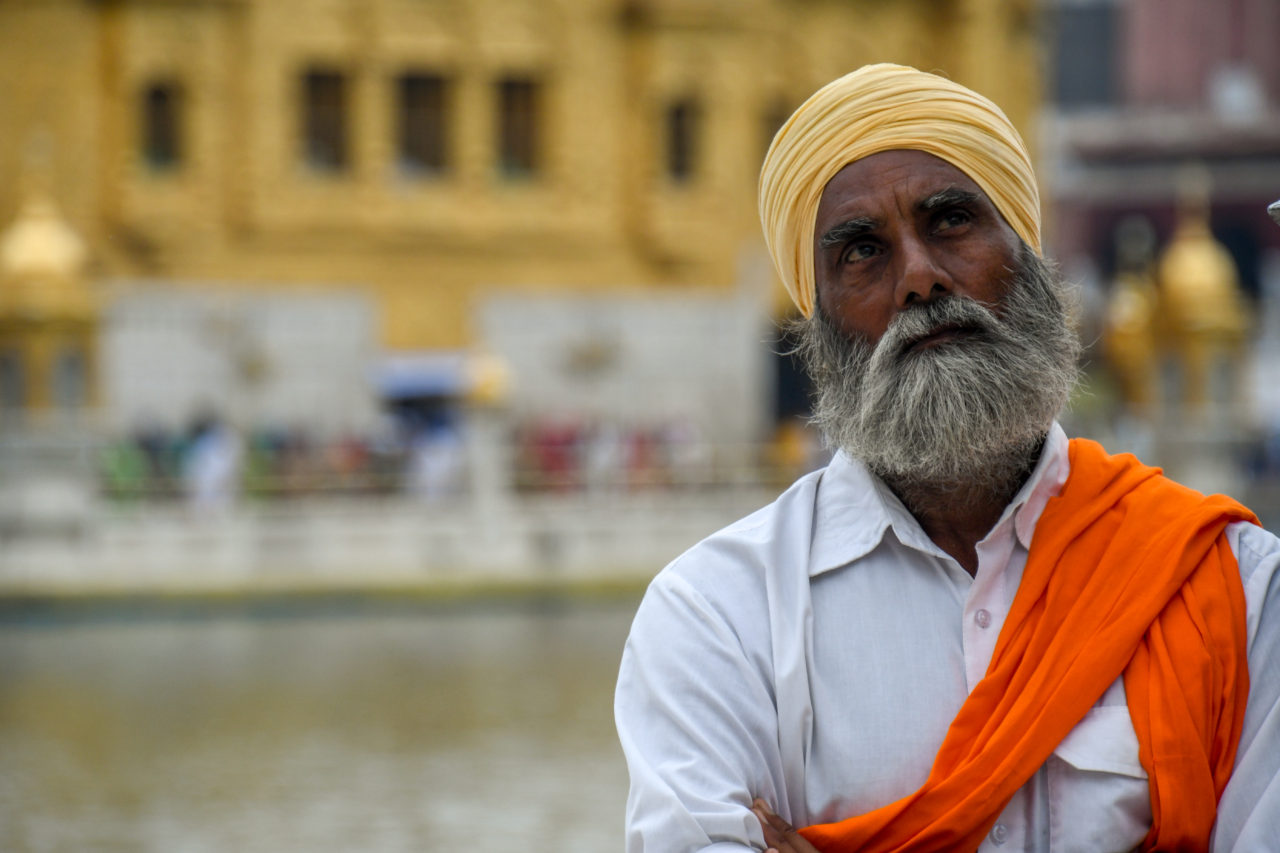

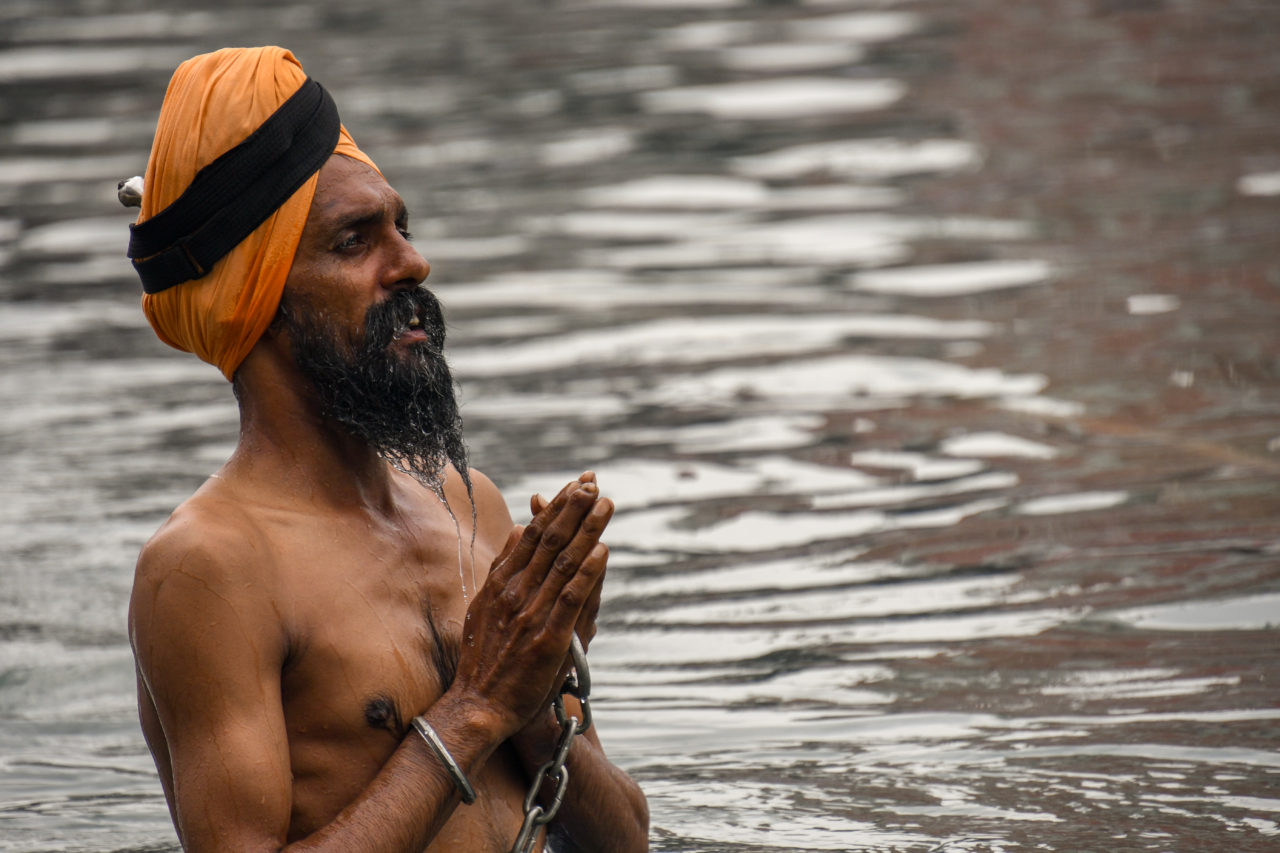
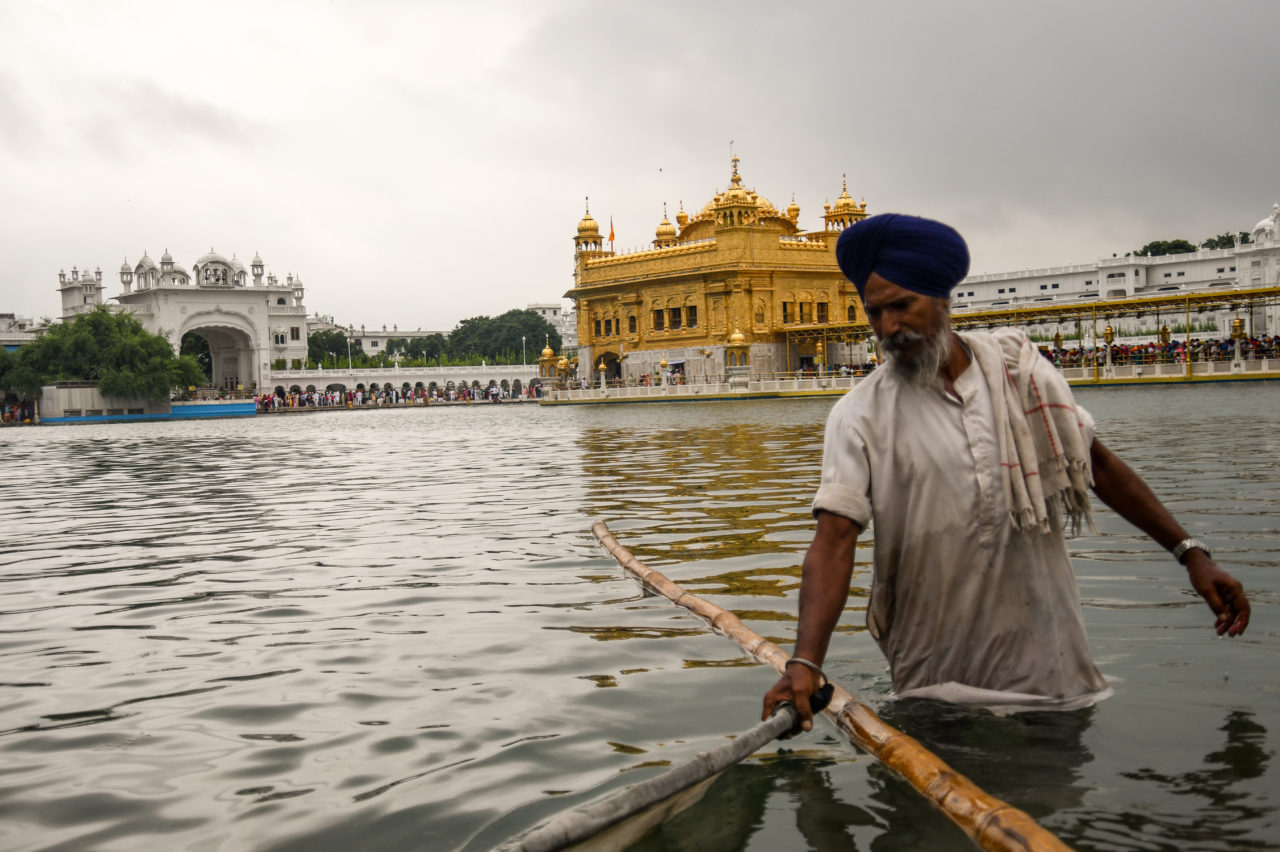
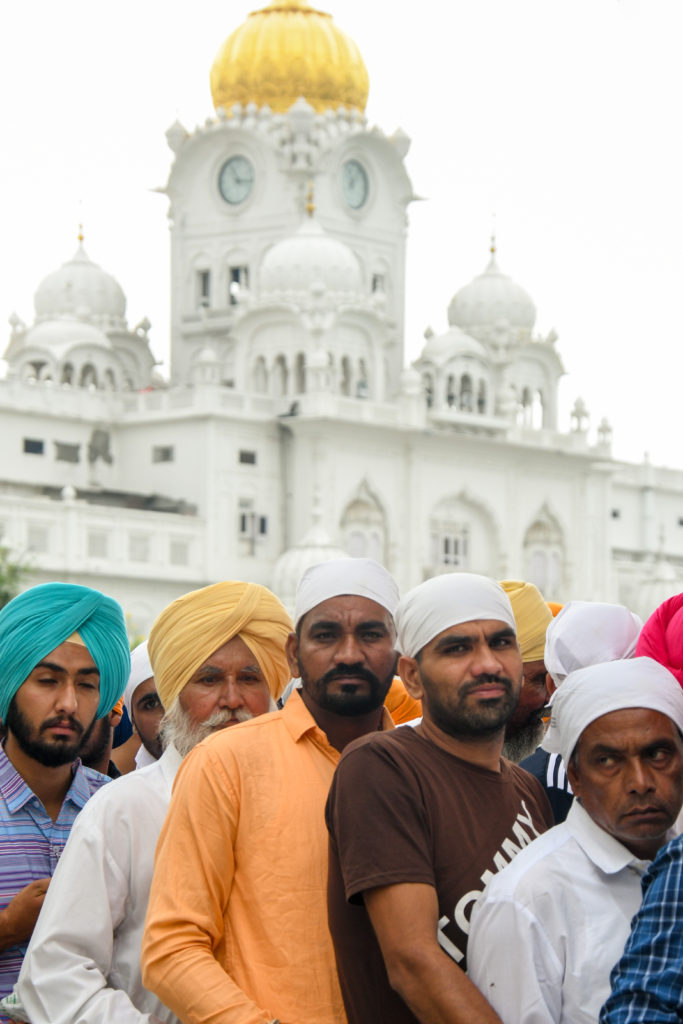


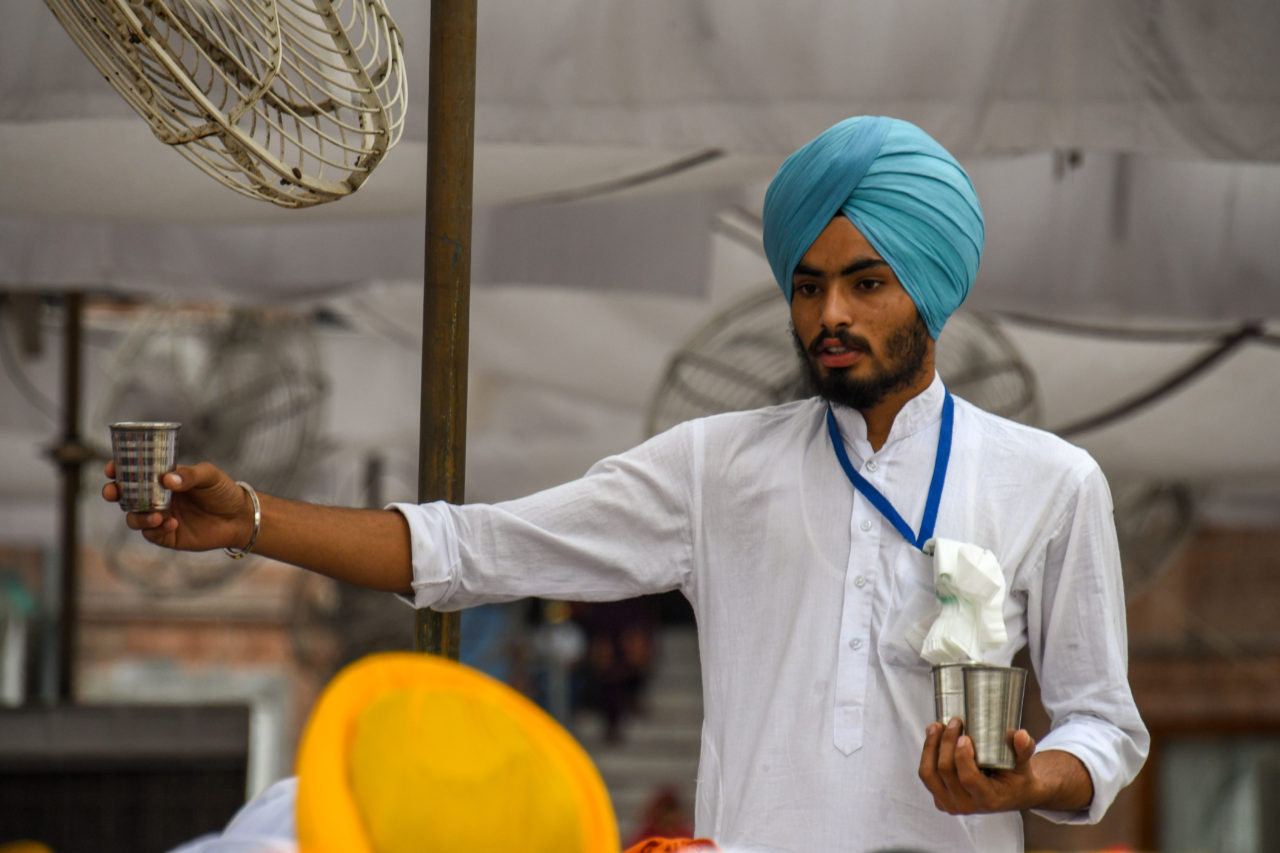
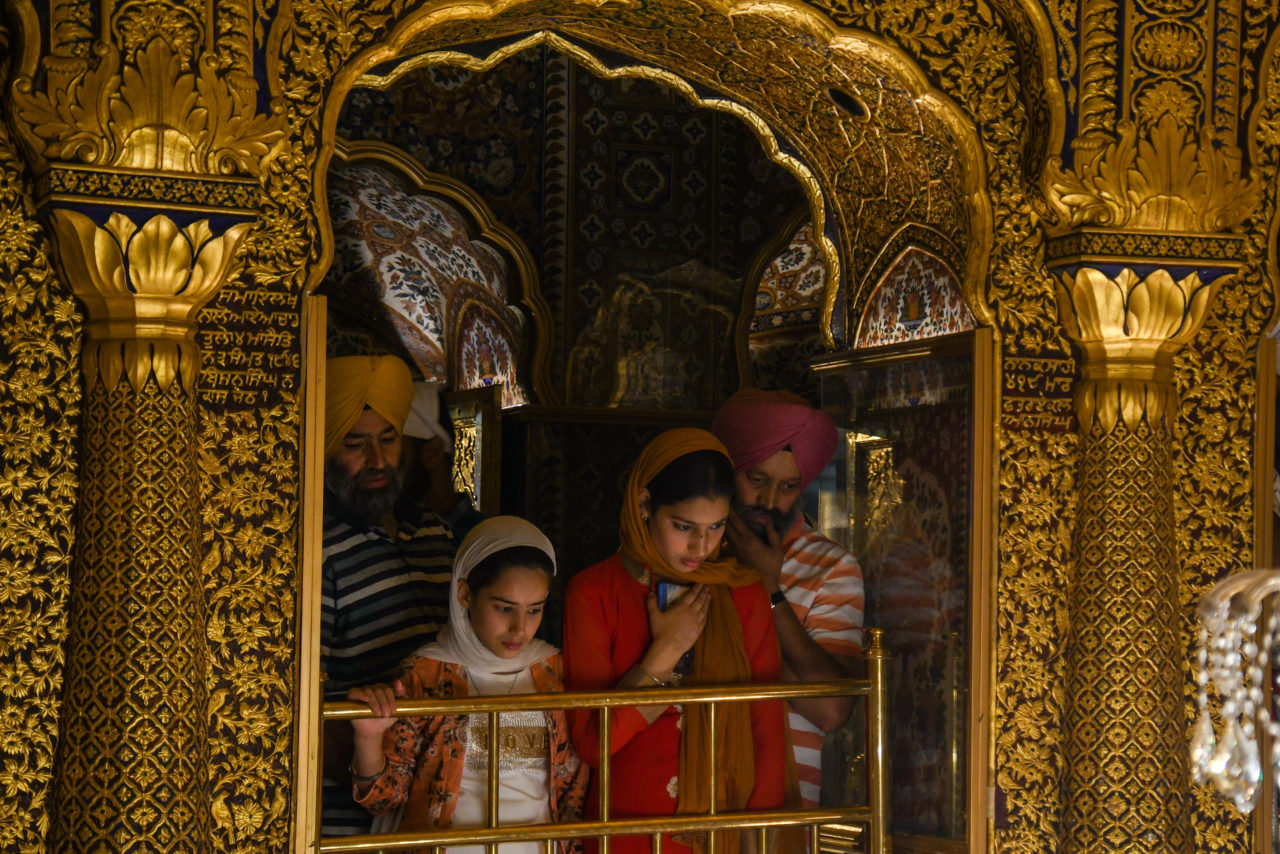
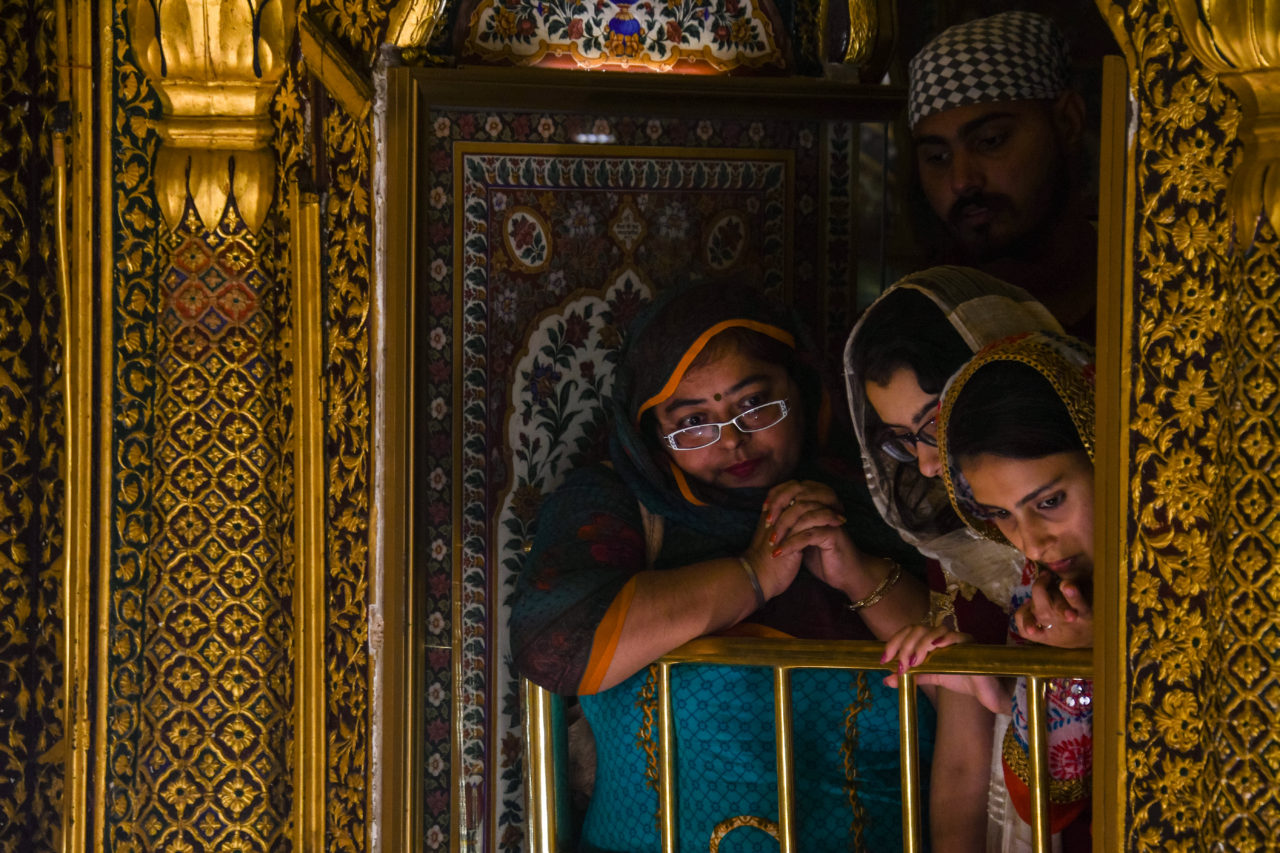
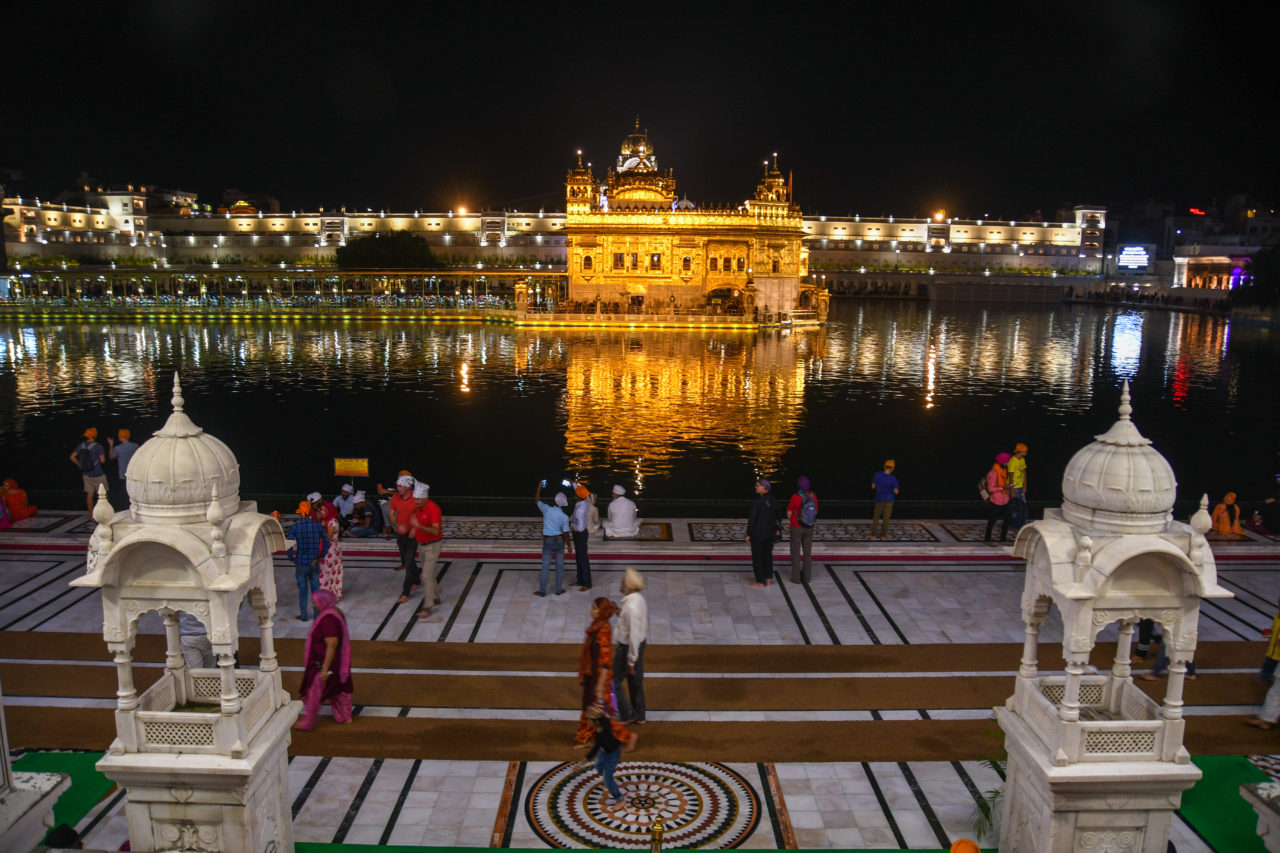
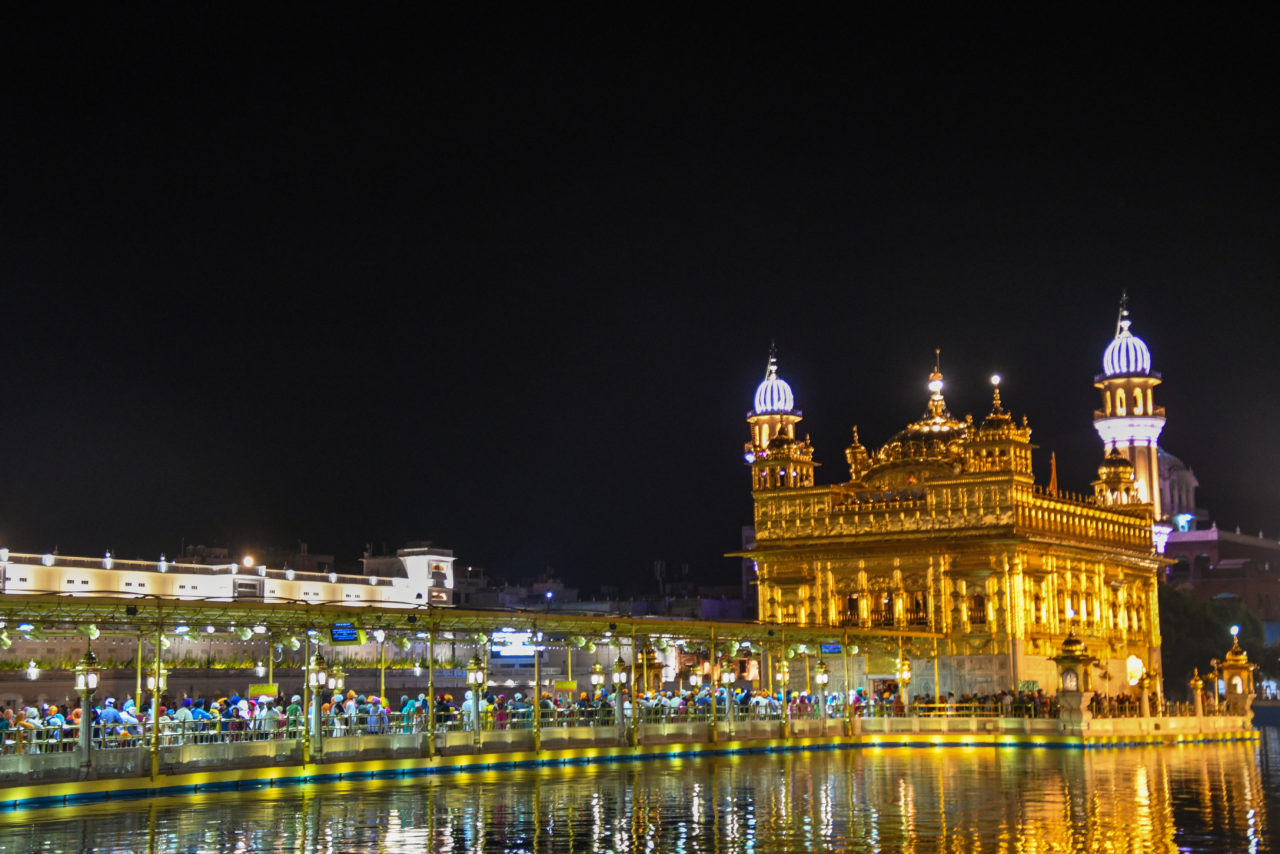
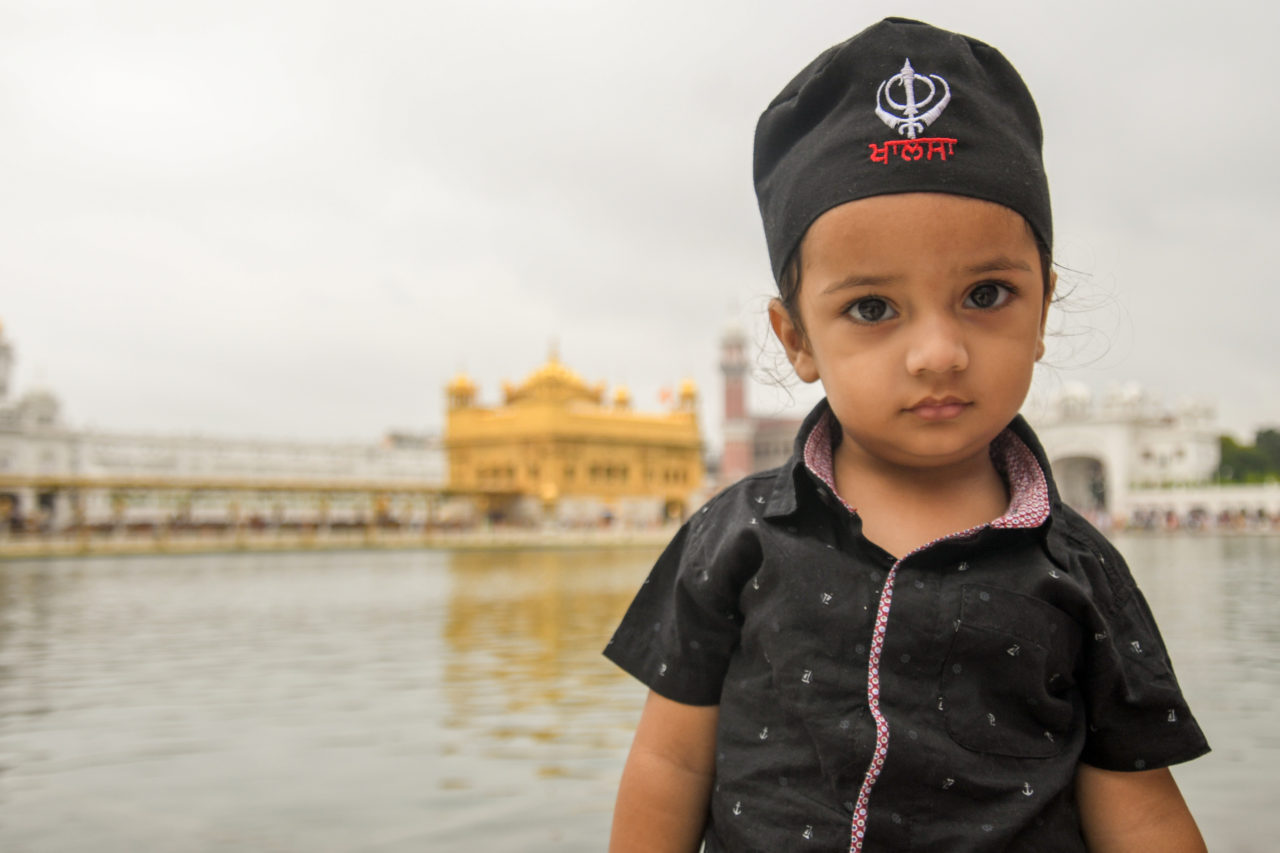
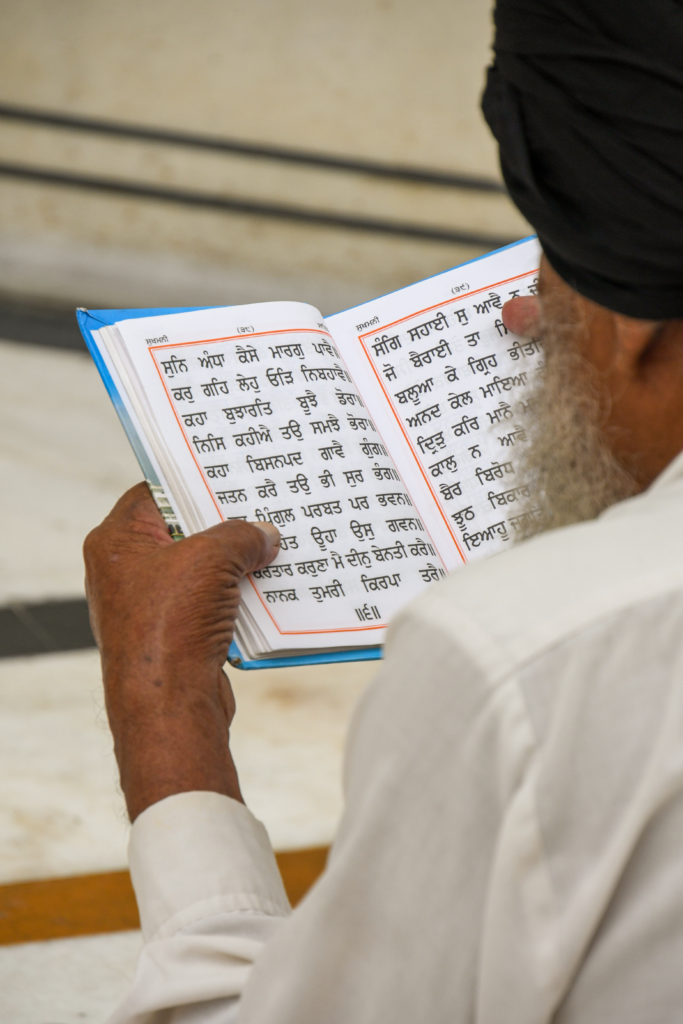





Traveling From Bahawalpur to Uch Sharif - ORPHANED NATION
November 14, 2019 @ 3:25 pm
[…] While in Amritsar you are bound to go to the Golden Temple. Read more about the Golden Temple here! […]
Guide to India's Golden Triangle - ORPHANED NATION
November 20, 2019 @ 2:36 pm
[…] Traveling to Amritsar? Read about the Sikh Golden Temple here! […]